‘The Strong Eye’ presents 9 tracks which are ‘composed, recorded and mixed in the digital domain’. Samples of voice, flute and cello have been manipulated with ‘compositional algorithms, sound synthesis and digital signal processing’. A fractured continuity underpins the pieces – created from manipulated fragments which coalesce almost organically, as moment to moment change builds coherence, and questioning melodies emerging from chord sequences. There are many exciting sounds – the cascade in the middle section of ‘Spontaneity knows its own discipline’ or the crashing ‘Oceans of desire’. Components shift between instrument evocations – piano in ‘Spontaneity…’ or the vibraphone, bells and guitar of ‘Realcage’ for example – and obviously computer generated twittering and undercurrents. The three central works form a suite that fills over half the disc which allows for more development and exploration than the shorter, focused pieces. ‘Breath’ opens to a gentle wash then flute samples modulating a melody, a deep drone creates a pause before more complex flute, and there follows an extended interplay between the synthetic and flute meditating on the concept of breath. This continues into ‘Electric actuality’ where a high pitched computer section leads into the reintroduction of the flute and a complex drum rhythm, followed by a long fade with some very jagged eruptions. ‘Wreckingyard’ flows from it, and is a more fractured, percussive work featuring some wonderful hollow sounds, growling and cello moments, and has a mellow, tonal close. Marvelous wind chimes feature on ‘The spacious present’, shimmering across the sound field before being joined by long synthesized notes: I would have preferred the wind chimes to continue as the synths seem almost out of place in this context, but it is not long before the chimes are back with whistling computer winds. ‘Lonestar’ is a gentle, stately progression, contrasting with the concluding ‘A geometry of invisibility’ an intricate computer-showpiece: long, ever-descending tones, atonal echoing chords, moog-y distorted keyboards and percussion all in a very dense framework. Overall, this is a ‘warm’ computer music. RST shows incredible skill in manipulating, choosing and placing his sounds, and there is a continual tension between what is real and how it emerges from the computer: some parts could be live while others could only have been created through his processes. It is not as meditative or relaxing as the other pieces by RST which I have heard, but it is complex, engaging and rewarding.



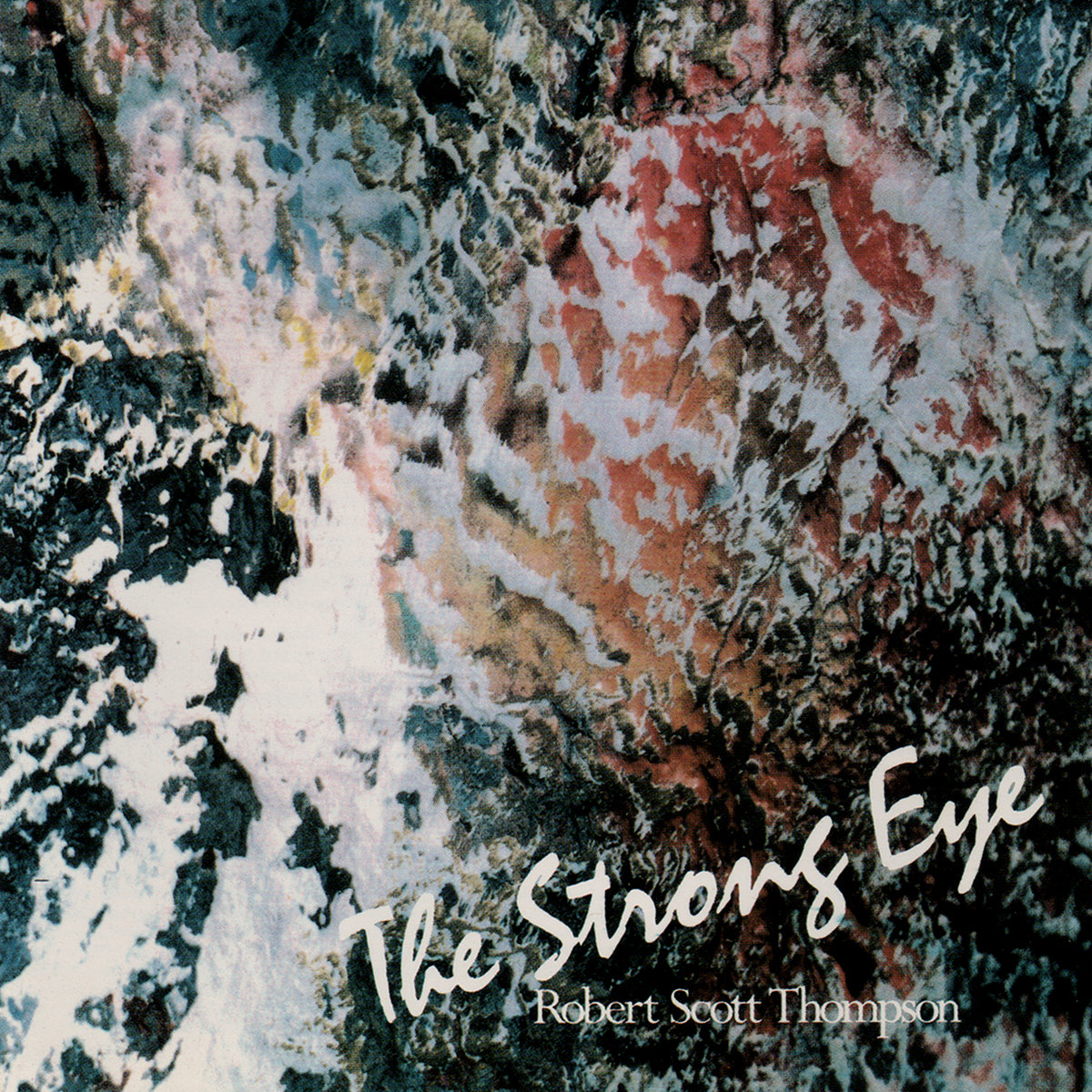
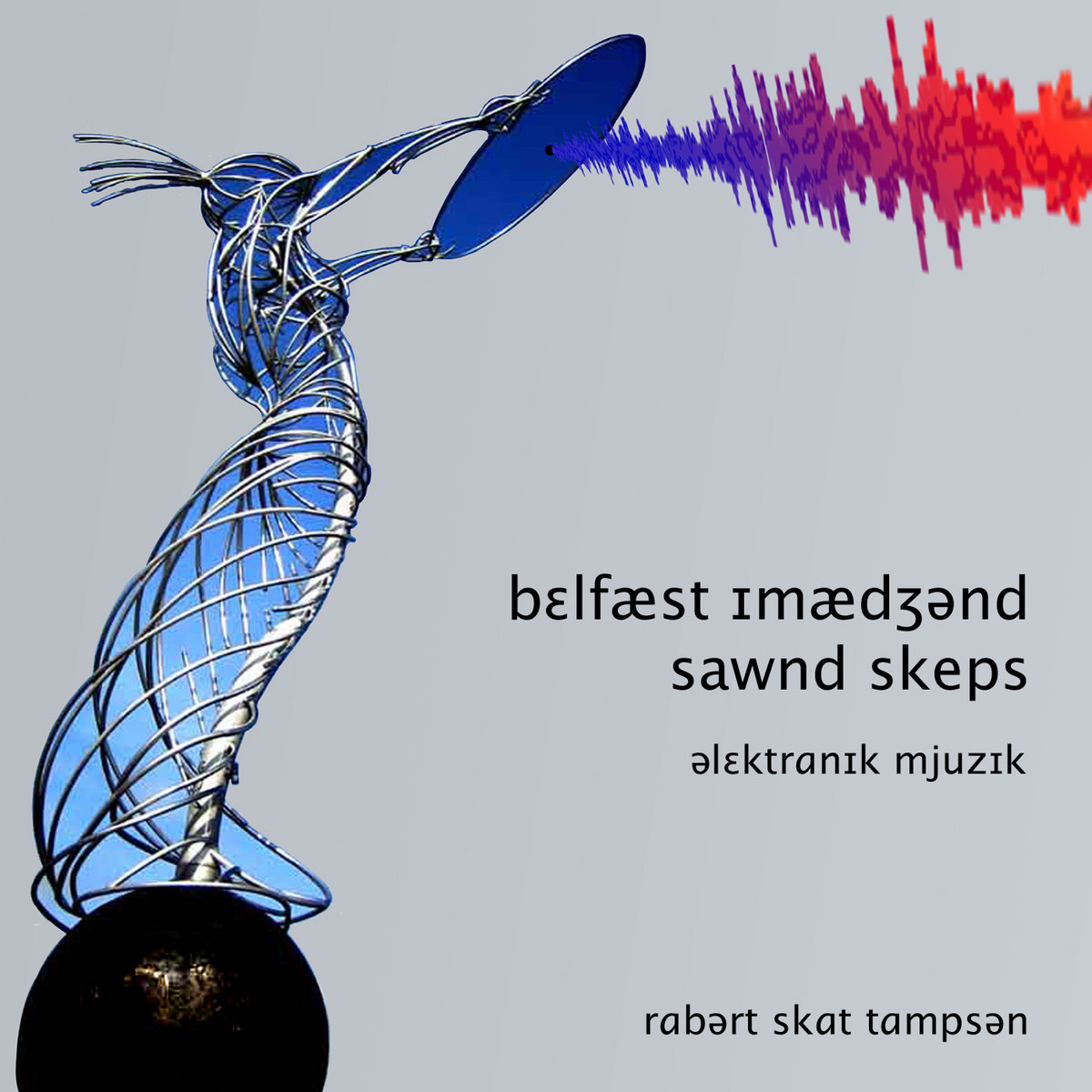
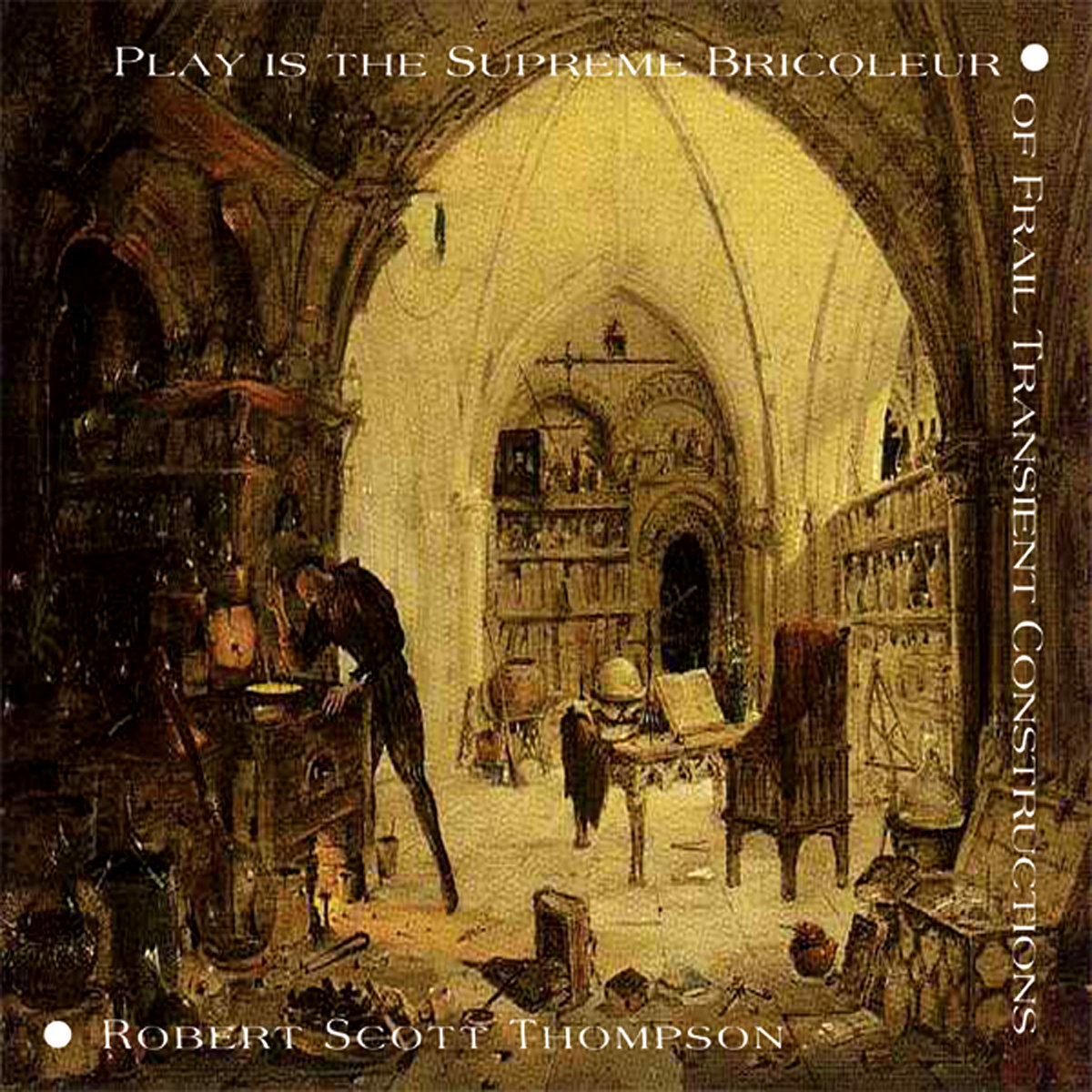
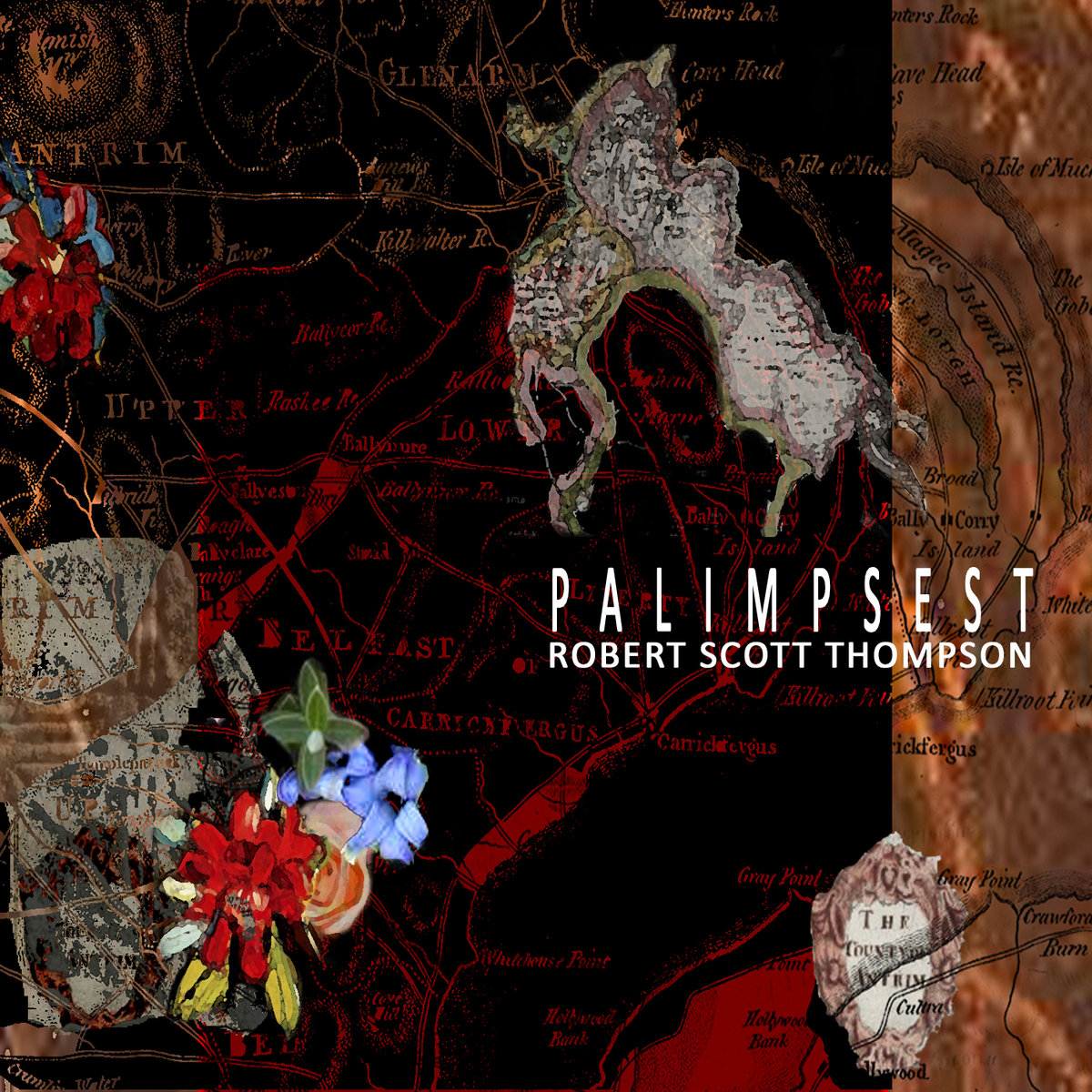
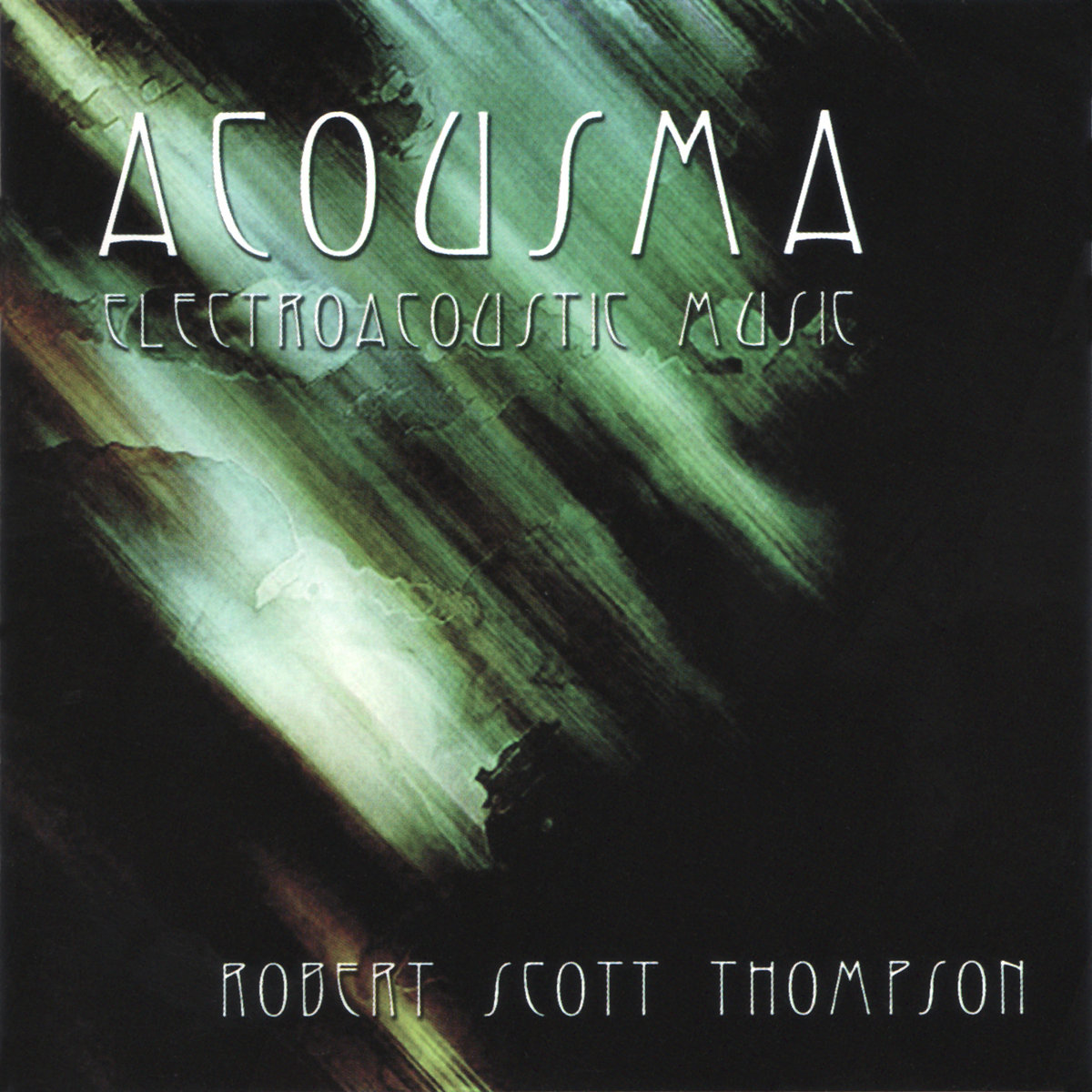
Reviews